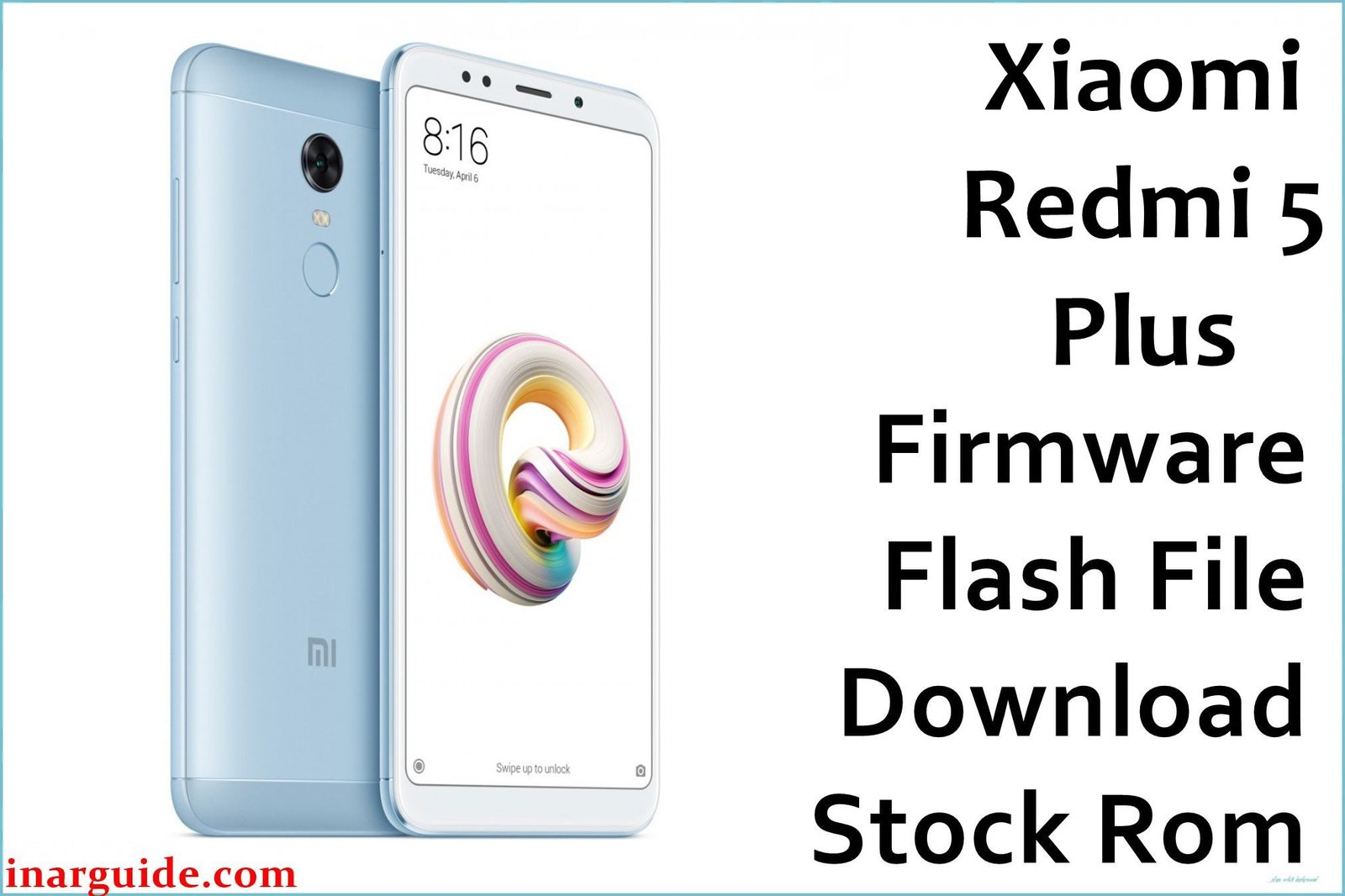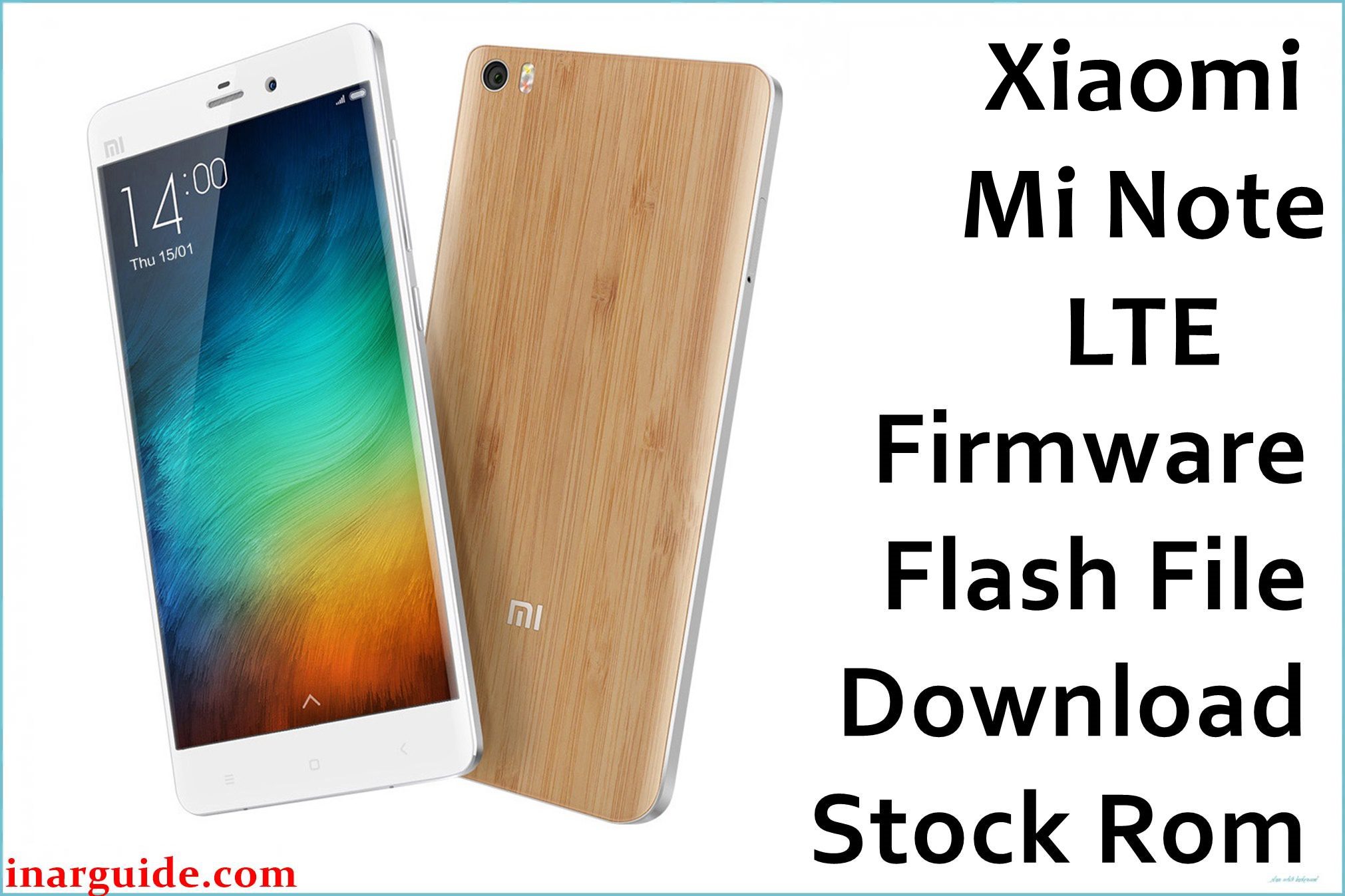The Xiaomi Redmi Y1, known globally as the Redmi Note 5A Prime (codename ugg), was launched in 2017 as a selfie-focused smartphone for the budget-conscious consumer. It stood out from its “Lite” counterpart with key upgrades, including a fast and reliable rear-mounted fingerprint scanner, a more capable Qualcomm Snapdragon 435 chipset, and its main highlight: a high-resolution 16MP front-facing camera with a dedicated LED selfie flash. This combination made the ugg a popular choice for users who wanted enhanced security and superior selfie quality without breaking the bank. This page provides the official fastboot ROMs for China and Global, along with the popular Xiaomi.eu custom ROM, to help you restore or repair your device’s software.
Important: You must verify your device is the Redmi Y1 / Note 5A Prime (ugg). This firmware is not compatible with the base model, the Redmi Y1 Lite / Note 5A (ugglite), which has a different processor and lacks a fingerprint scanner. Flashing the wrong firmware will hard brick your phone.
Quick Device Specs
- Device: Xiaomi Redmi Y1 / Redmi Note 5A Prime (ugg)
- Release year: 2017
- Chipset: Qualcomm Snapdragon 435
- Display: 5.5″ IPS LCD, HD
- Battery: 3080 mAh
- Original MIUI: Android 7.1.2 (Nougat), MIUI 9
Required Downloads
| File / Tool | Download Link |
|---|---|
| Xiaomi Mi Flash Tool | Download Latest Version |
| Xiaomi USB Drivers | Included with Mi Flash Tool |
| Bootloader Unlock Tool | Official Mi Unlock Page |
Fastboot ROMs
| Region | Build | Android | Release Date | Download | Codename |
|---|---|---|---|---|---|
| China | V11.0.1.0.NDKCNXM | 7.1 | 2019-10-18 | Download | ugg |
| Global | V11.0.2.0.NDKMIXM | 7.1 | 2019-10-22 | Download | ugg |
| Xiaomi.eu (Custom) | V10.3.2.0.NDKCNXM (Based) | 7.1 | — | Download | ugg |
How to Flash
For a step-by-step process, drivers, and troubleshooting, read our Ultimate Mi Flash Guide.
- Boot into Fastboot mode (Power + Volume Down).
- Extract the firmware (.tgz file) and select the main folder containing the
/imagesdirectory in Mi Flash Tool. - Select clean all for a safe installation (avoid clean all and lock unless you want to relock your bootloader).
FAQs
Q1. What is the main difference between the Redmi Y1 / Note 5A Prime (ugg) and the Y1 Lite / Note 5A (ugglite)?
The Prime (ugg) version is the superior model, featuring a fingerprint scanner, a more powerful Snapdragon 435 processor, and a 16MP front camera with a dedicated flash. The Lite (ugglite) version lacks these features.
Q2. Can I flash an ugglite ROM on my ugg device?
No, absolutely not. Due to the different chipsets and the presence of the fingerprint scanner on the ugg model, their firmwares are not compatible. Flashing the wrong one will cause hardware failures or brick your phone.
Q3. Why did this phone stop at Android 7.1 Nougat?
The Redmi Y1 / Note 5A Prime was a budget device from 2017 that launched with Android 7.1. It was not slated for major Android OS version upgrades, which was standard for its class at the time. It did, however, receive MIUI skin updates up to MIUI 11.
Q4. The Xiaomi.eu ROM is a .zip file. How do I install it?
The .zip file is a recovery ROM. It must be installed using a custom recovery like TWRP after unlocking the bootloader. It cannot be flashed with Mi Flash Tool, which is for .tgz fastboot packages.
Troubleshooting
- Drivers: If your PC does not recognize the phone in fastboot mode, reinstall the Xiaomi USB drivers, run Mi Flash Tool as Administrator, or try a different USB port (USB 2.0 is often more stable).
- Fastboot errors:
- “error: not catch checkpoint” → This common error means you have selected the wrong folder. In Mi Flash Tool, be sure to select the parent folder that was created when you extracted the .tgz file, not the images folder inside it.
- “Anti rollback error” → You are attempting to flash an older firmware version than what is currently on the device. While ARB was less strict on this model, it’s always safest to flash the newest available ROM.
- EDL mode: For a hard-bricked phone that won’t enter fastboot, EDL mode is the last resort. It requires using hardware test points and is recommended for advanced users only.



